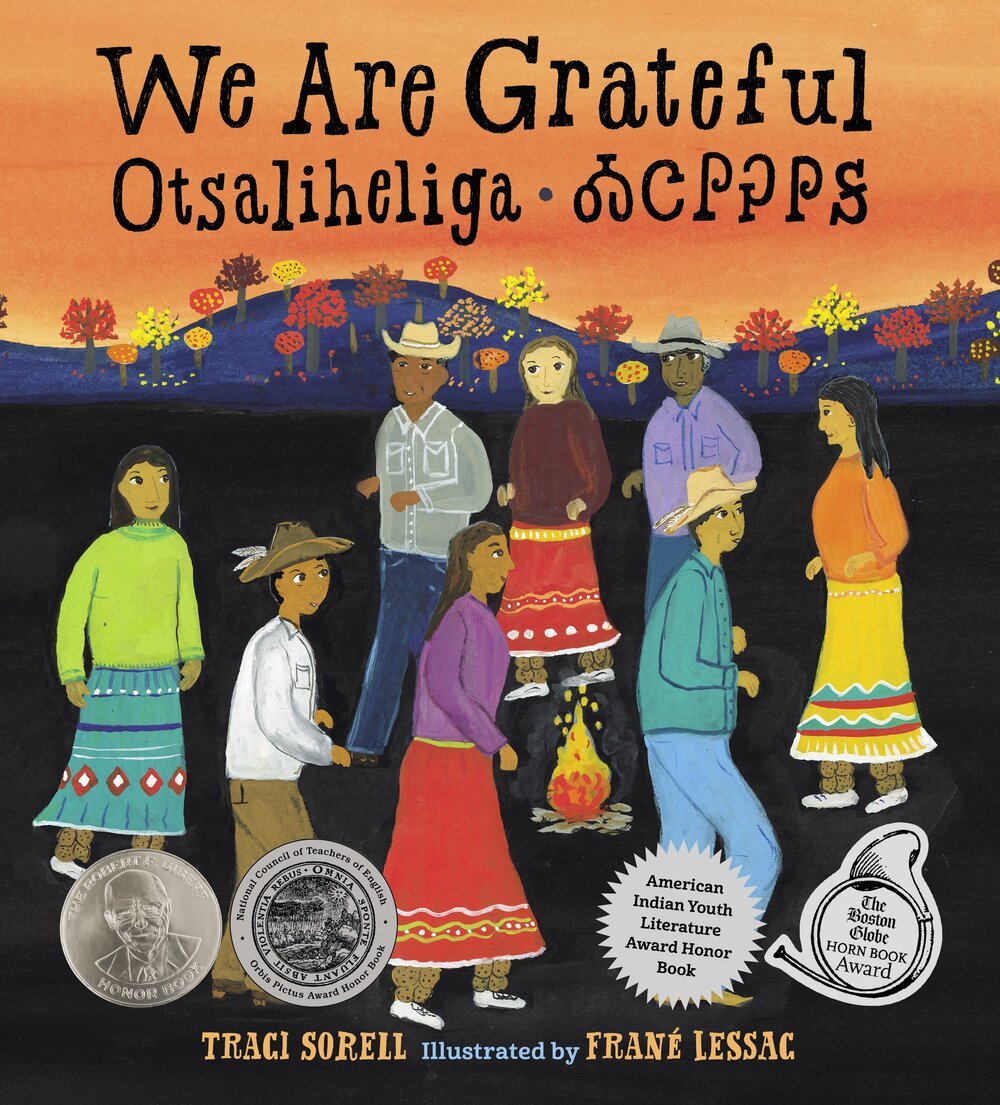As COVID-19 deaths spiked in 2020, Suzanne Firstenberg’s public art installation "In America: How could this happen…"
Museum Artifacts

Grade Range:
K-12
Resource Type(s):
Artifacts, Primary Sources
Date Posted:
9/17/2009
The civilizations of pre-Hispanic Mexico recorded their histories, religious beliefs, and scientific knowledge in books called codices. Codices are folded pieces of hide or bark that depict both mundane and spiritual scenes with images, symbols, and numbers. Scribes and painters busily recorded d

Grade Range:
K-12
Resource Type(s):
Artifacts, Primary Sources
Date Posted:
7/21/2008
In the spring of 1803, Meriwether Lewis began to purchase scientific and mathematical instruments for a pending expedition into the northwestern region of North America. Among the items he purchased from Philadelphia instrument maker Thomas Whitney were three pocket compasses and this silver

Grade Range:
K-12
Resource Type(s):
Artifacts
Date Posted:
9/20/2009
From doo-wop and country blues, to polka and hip-hop, Tejano music is made by borderland musicians forced to understand the value of cultural exchange. Performing a fusion of cumbia, pop, and contemporary Tejano music, Selena Quintanilla-Pérez (1971-1995) was a young star whose rise and hard-won

Grade Range:
K-12
Resource Type(s):
Artifacts, Primary Sources
Date Posted:
11/6/2008
During World War I, machine guns were heavy, crew-served weapons. Their operation required several soldiers. Even so-called light machine guns could not easily be handled by single soldiers. To meet the need for an individual rapid-fire weapon, several inventors devised submachine guns. Light eno

Grade Range:
K-12
Resource Type(s):
Artifacts, Primary Sources
Date Posted:
10/22/2008
This 1923 ticket booth is from Yankee Stadium, called "The House that Ruth Built" because the star slugger, Babe Ruth (1895–1948), revitalized the game, bringing in thousands of new fans.

Grade Range:
K-12
Resource Type(s):
Artifacts
Date Posted:
4/7/2016
This Sony "Walkman" portable tape player dates from the early 1980s. Originally introduced in 1979 as the “Soundabout,” two people could listen simultaneously while a small microphone permitted them to converse without removing their headsets. Powered by a 9-volt battery, the recorder sold we

Grade Range:
K-12
Resource Type(s):
Artifacts, Primary Sources
Date Posted:
9/3/2020
A U.S. Border Patrol official reviews a bracero's documents while others wait in line to be processed at the Hidalgo Processing Center, Texas.

Grade Range:
K-12
Resource Type(s):
Artifacts, Primary Sources
Date Posted:
3/5/2009
Remington put its writing machines on the market in 1874 at a price of $125. The new Type Writer owed some of its identity to the sewing machines that Remington had recently added to its product line. The writing machine came mounted on a sewing machine stand, with a treadle to operate the carria

Grade Range:
K-12
Resource Type(s):
Artifacts, Primary Sources
Date Posted:
12/18/2008
This is a Bata Cubana, or Cuban Rumba dress, donated to the Smithsonian by Celia Cruz, the great Cuban salsa singer in 1997. An adaptation of the traditional Cuban rumba dress, it was made in the United States by Cuban-born designer José Arteaga. The Bata Cubana has its roots in the 19th century

Grade Range:
K-12
Resource Type(s):
Artifacts, Primary Sources
Date Posted:
12/17/2010
Gold coins fused by heat.
Specific History
This pile of five-peseta coins was fused together by the fire aboard the Spanish ship Infanta Maria Teresa, flagship of Admiral Pascual Cervera.
General History
Infanta Maria Teresa led the so



















